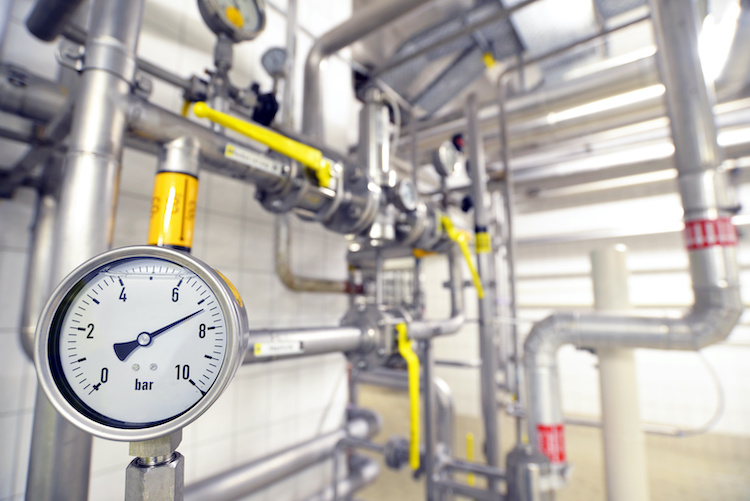Whether you use a portable air compressor or have a company providing compressed air service install one for you, access to compressed air can enable a lot on the work site. However, just like any other power source or high-power machine, air compressors should be handled with care. If you’re planning to use pneumatic power and tools in your next project, keep some of these safety tips in mind to keep yourself and others safe.
Follow Specifications and Standards
Air compressors are rated primarily by three metrics: air pressure, measured in terms of PSI (pounds per square inch); air flow rate, listed as CFM (cubic feet per minute); and the work the motor can do, given in terms of HP (horsepower). These are used to gauge an air compressor’s performance and match it to the power and air flow needed by other equipment. Besides these values, make sure that fittings, hoses, storage vessels, etc. all line up in dimensions and—especially in the case of vessels—are built to national standards.
Perform Routine Maintenance
Before using an air compressor, check the hoses and fittings to ensure tight seals and no leaks, and make sure the outlet is safe and properly grounded. Regularly clean hoses and ensure they’re free of dirt and debris, which could damage the compressor or other equipment. Also, periodically change the oil and/or refuel the compressor, but not immediately after use. When not in use, store the compressor and other equipment in a dry area to prevent rusting.
Smart Use of Pneumatics
While using an air compressor or pneumatic tool, make sure you follow these guidelines:
- Wear eye and ear protection. Pressurized air may kick up dirt or send debris flying, and the compressor’s noise can cause hearing loss.
- Use gas- and diesel-powered compressors outdoors, as these give off fumes during operation.
- When using an electric compressor indoors, make sure the air is not too humid and doesn’t contain excessive airborne dust that can damage the compressor.
- Make sure all connected equipment is rated to withstand the compressor’s maximum pressure.
- Do not aim compressed air directly at yourself or another person—pressurized air delivers considerable power and this can cause serious injury.
- Never crimp any pressurized hose, and don’t attempt to couple or uncouple them.
- Have the compressor’s shutoff valve and air tank’s relief valves readily accessible in case of emergency.
In all cases, make sure to also read the compressor’s operation manual and heed any instructions and warnings it gives.
